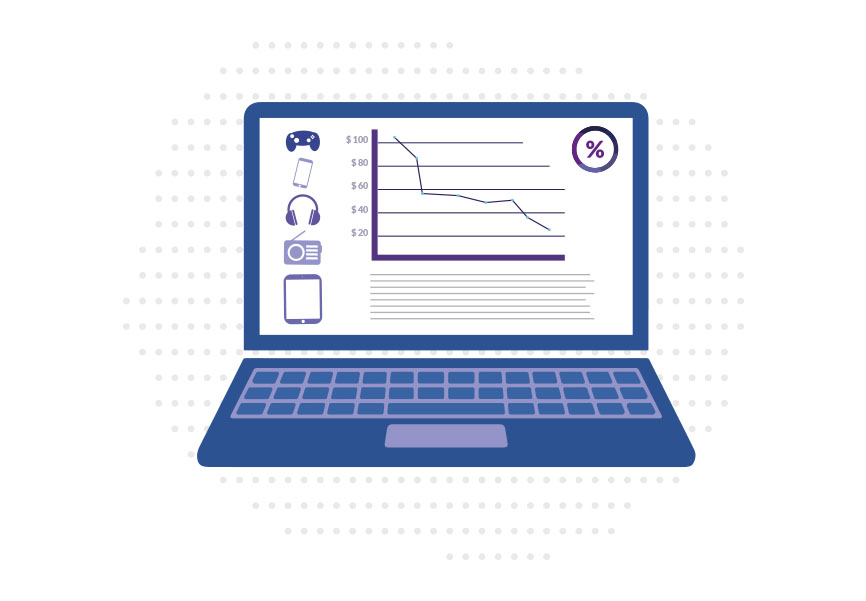How offer matching looks in price monitoring?
- 10 June 2020

As the first step of price monitoring, the customer selects products and websites they would like to monitor, and then our team connects them with the offers available online. At Dealavo we call this process “matching”. Today we explain how it looks from the technical side.
How do we start the matching process?
At the beginning of cooperation, the client provides us with a list of products that they would like to monitor, and we match them with the offers available on the Internet. It is important that this list contains as much information as possible – for example, EAN codes, full names, capacities, variants, and even photos of products. The more details we get, the more effective the price monitoring will be.
Three teams participate in our process of product matching:
- Developers who create algorithms that collect data
- Technical support, which selects the algorithm parameters for each client
- Quality Assurance, which ensures the highest quality of data thanks to additional, manual verification of offers selected by the algorithm.
Price monitoring from the technical point of view
At Dealavo, we distinguish two types of matching:
- automatic – offers are matched by the algorithm, and our Quality Assurance team verifies selected offers that were marked as an uncertain match
- manual – the algorithm only suggests products to match, but the final matches are each time approved by our team.
Importantly, our algorithm is able to effectively match products from pages in various languages, and even written in a different alphabet (e.g. Cyrillic). This is useful when monitoring products internationally, e.g. to detect unauthorized sales in different countries.
Matching offers – choosing a method
Choosing the right proportions of automatic vs manual matching depends on three factors:
- Product information received from the client- the more accurate, the greater the chance for effective use of automatic matching.
- Monitored sources – some e-stores have very limited and inaccurate product descriptions, which requires using the manual method.
- Industry – some types of products are identified by many parameters that are difficult to match with the automatic method. For example, automatic monitoring works well for laptops, which are usually one specific model. It gets a bit more complicated, however, with products that come in different variants or volumes – e.g. perfumes, cosmetics, car parts. In such cases, we equip our algorithm with additional plugins that recognize the individual parameters. In addition, we use manual verification for each of those products.
Selection of SKU for monitoring – what does it look like in practice?
Dealavo matching doesn’t end with the initial configuration. We actively look for the new offers appearing online throughout the duration of the contract, doing additional matching. Depending on the contract, we check all new offers daily or every 2 days. We are constantly verifying the correctness of algorithms – when we detect any incorrect selection, we configure it to provide more complete and accurate matches in the future.
If you would like to learn more about price monitoring and how to implement it, please contact us. At Dealavo, we have a team of experts in sales and tech who will be able to effectively advise you on the available monitoring options.